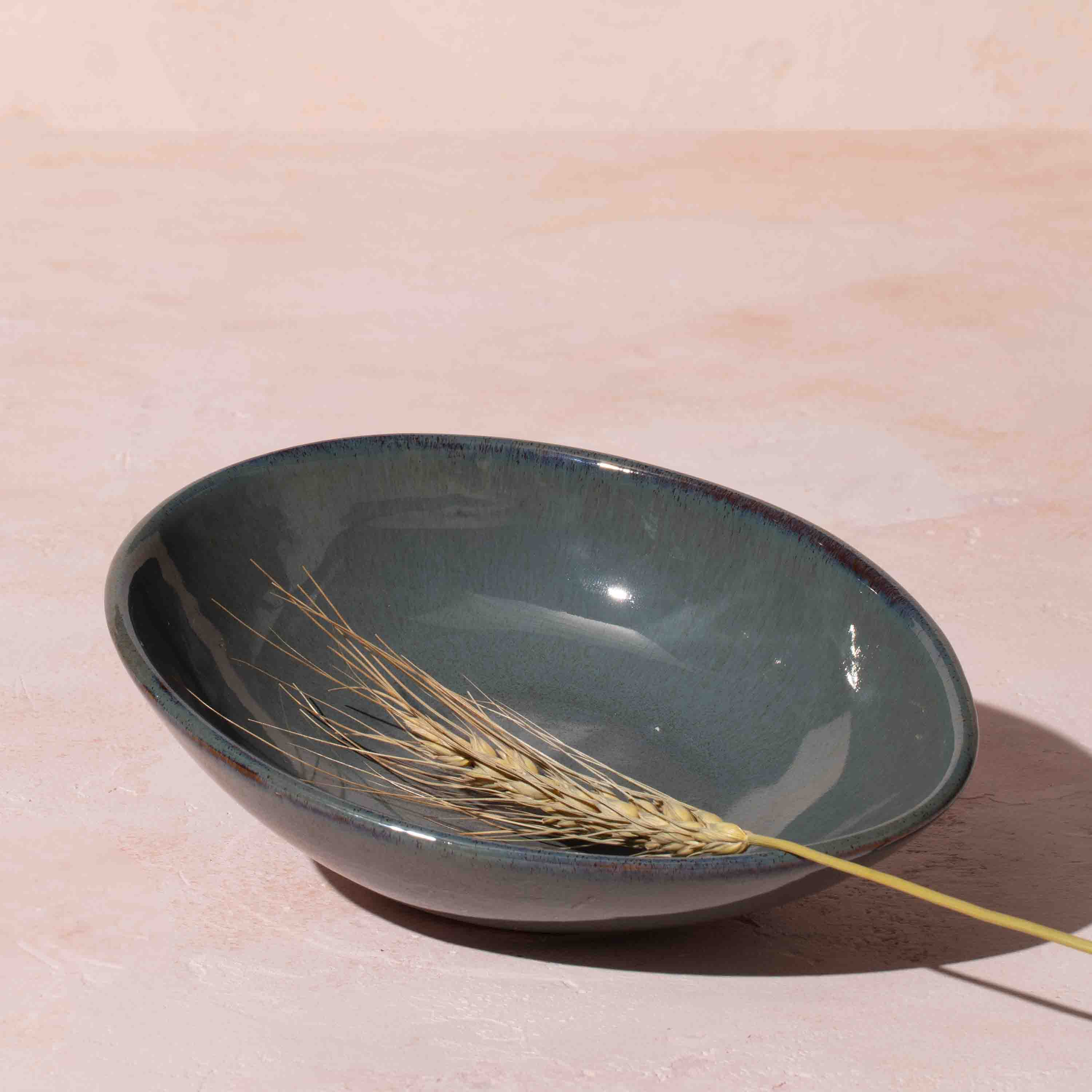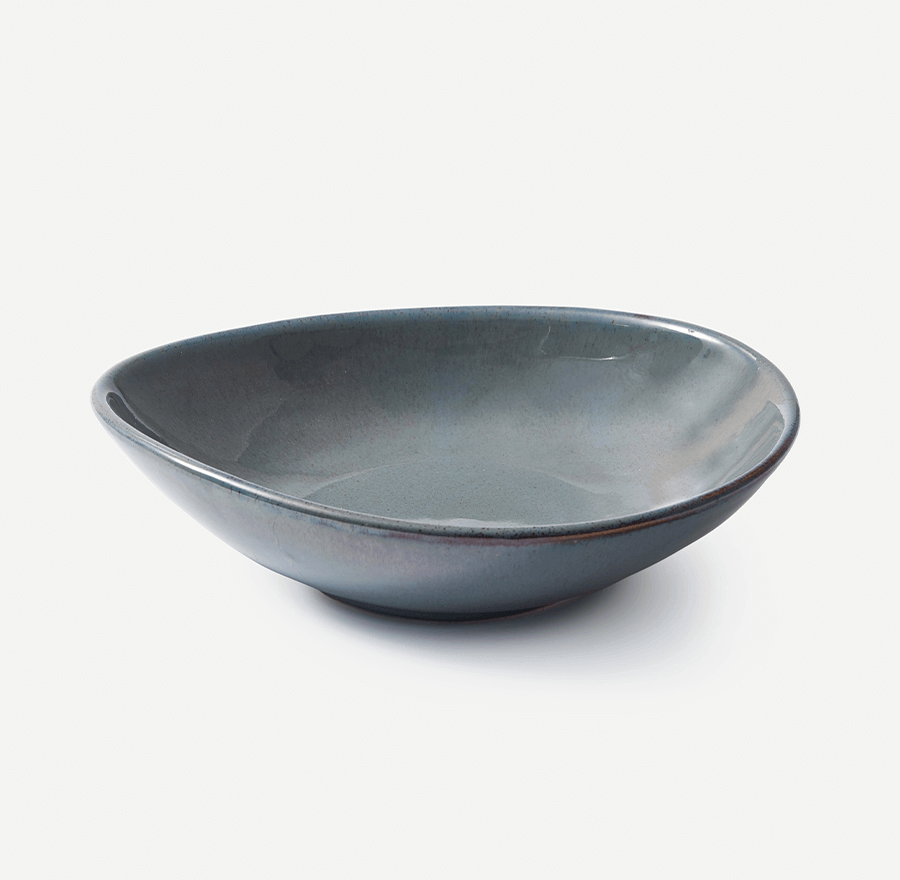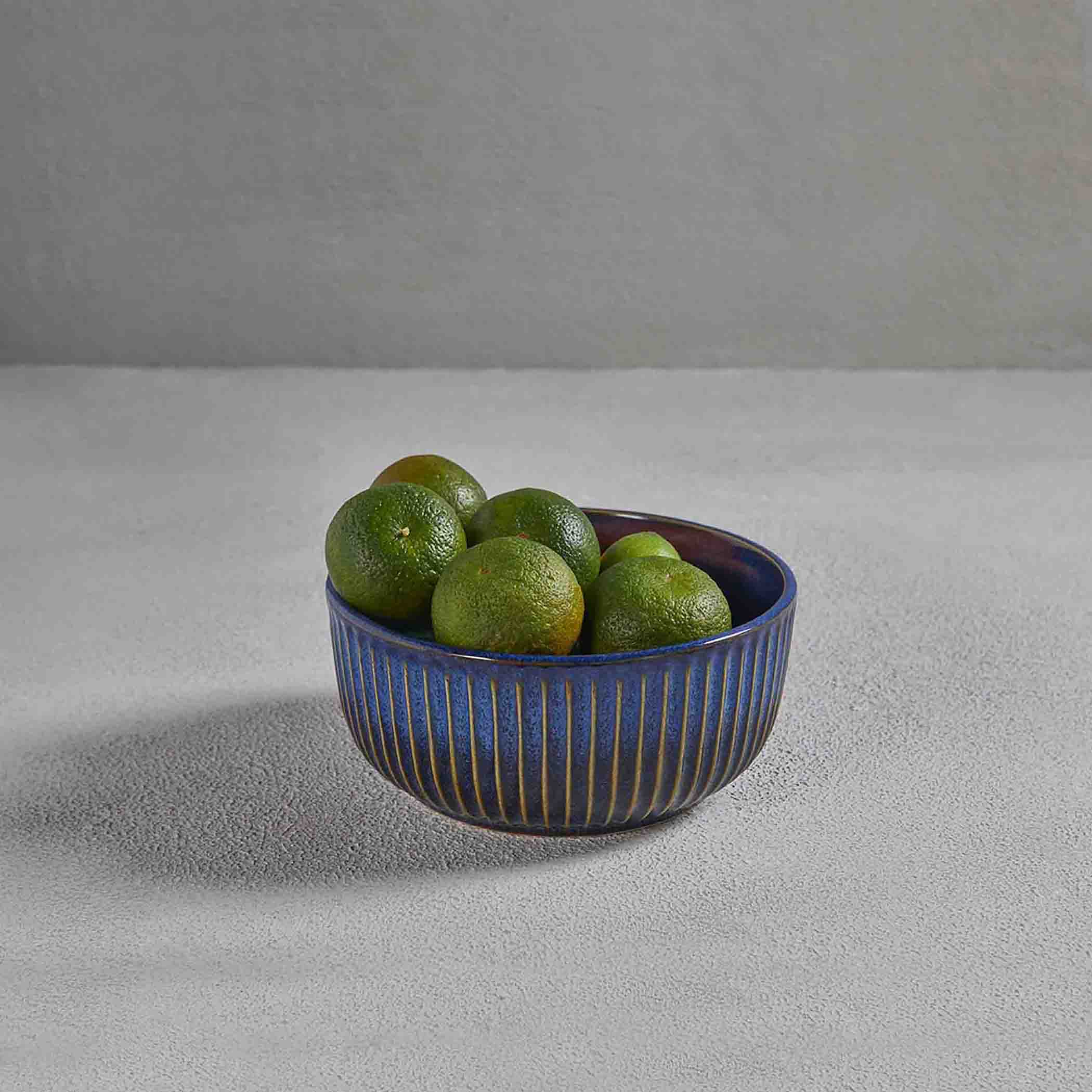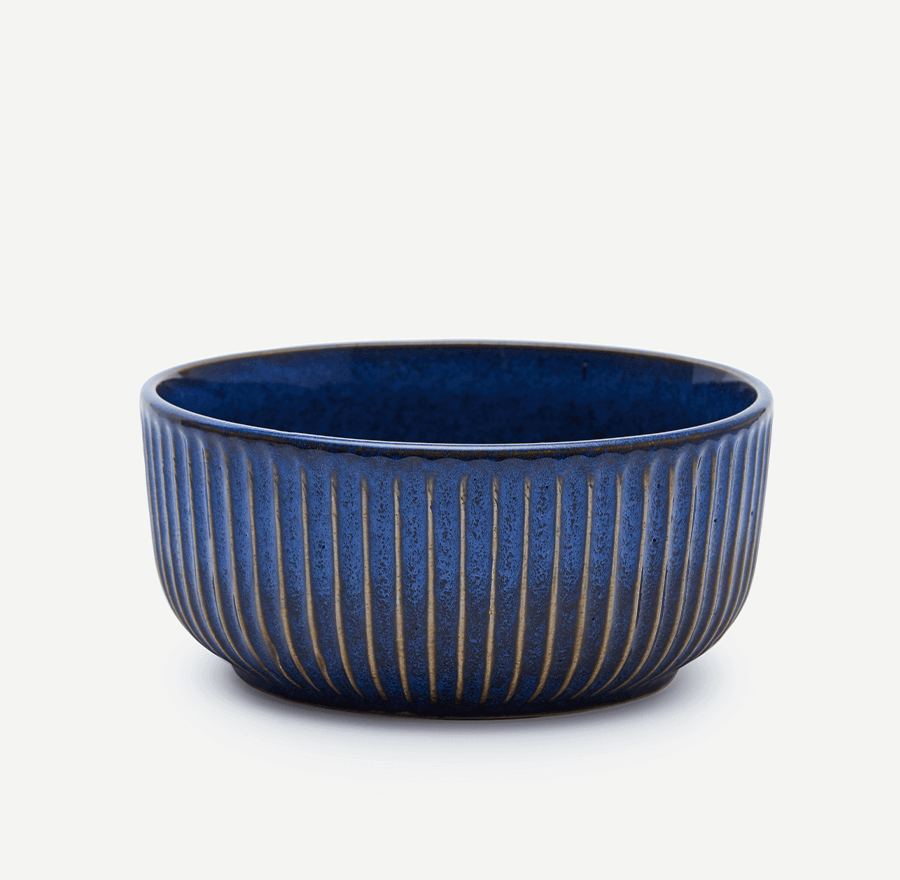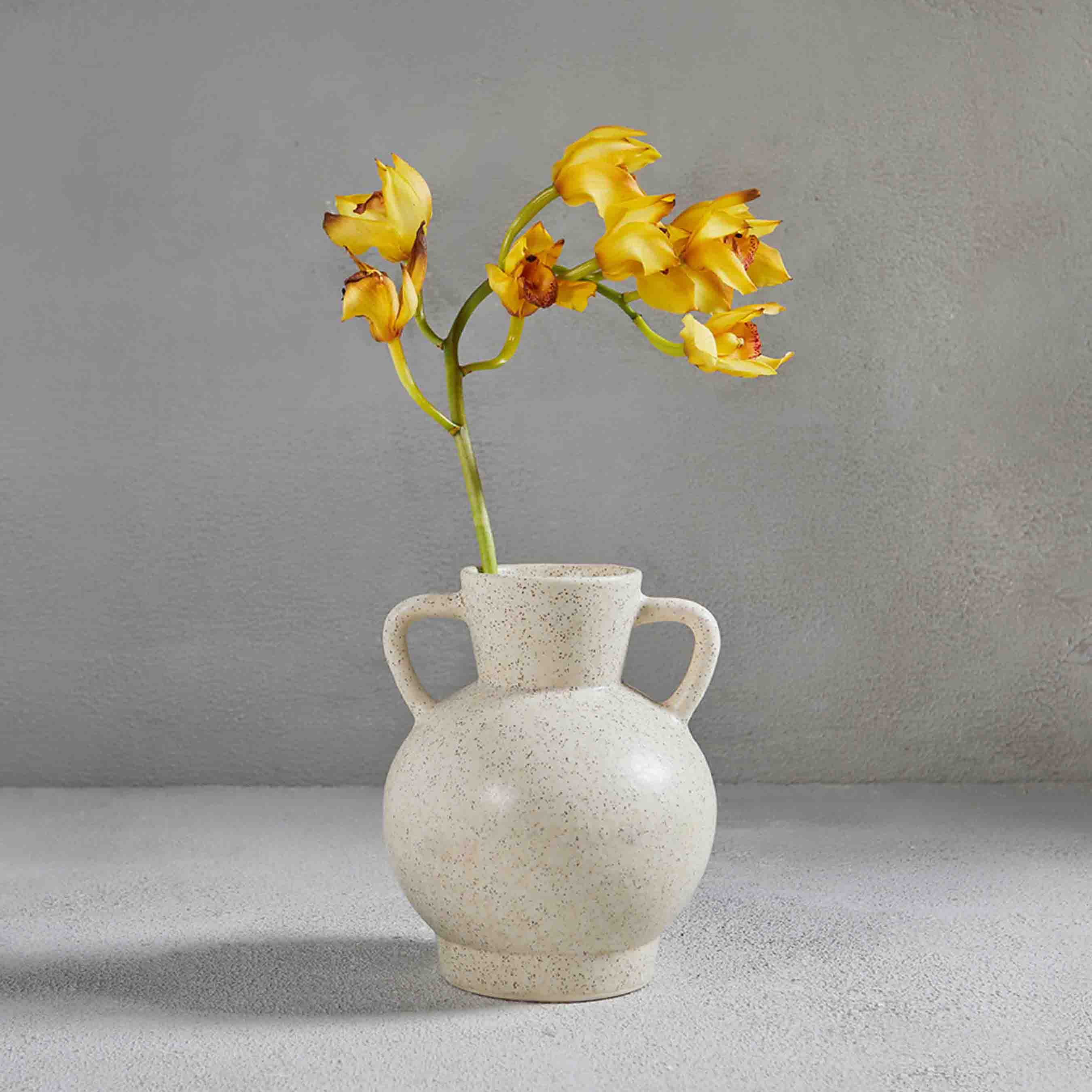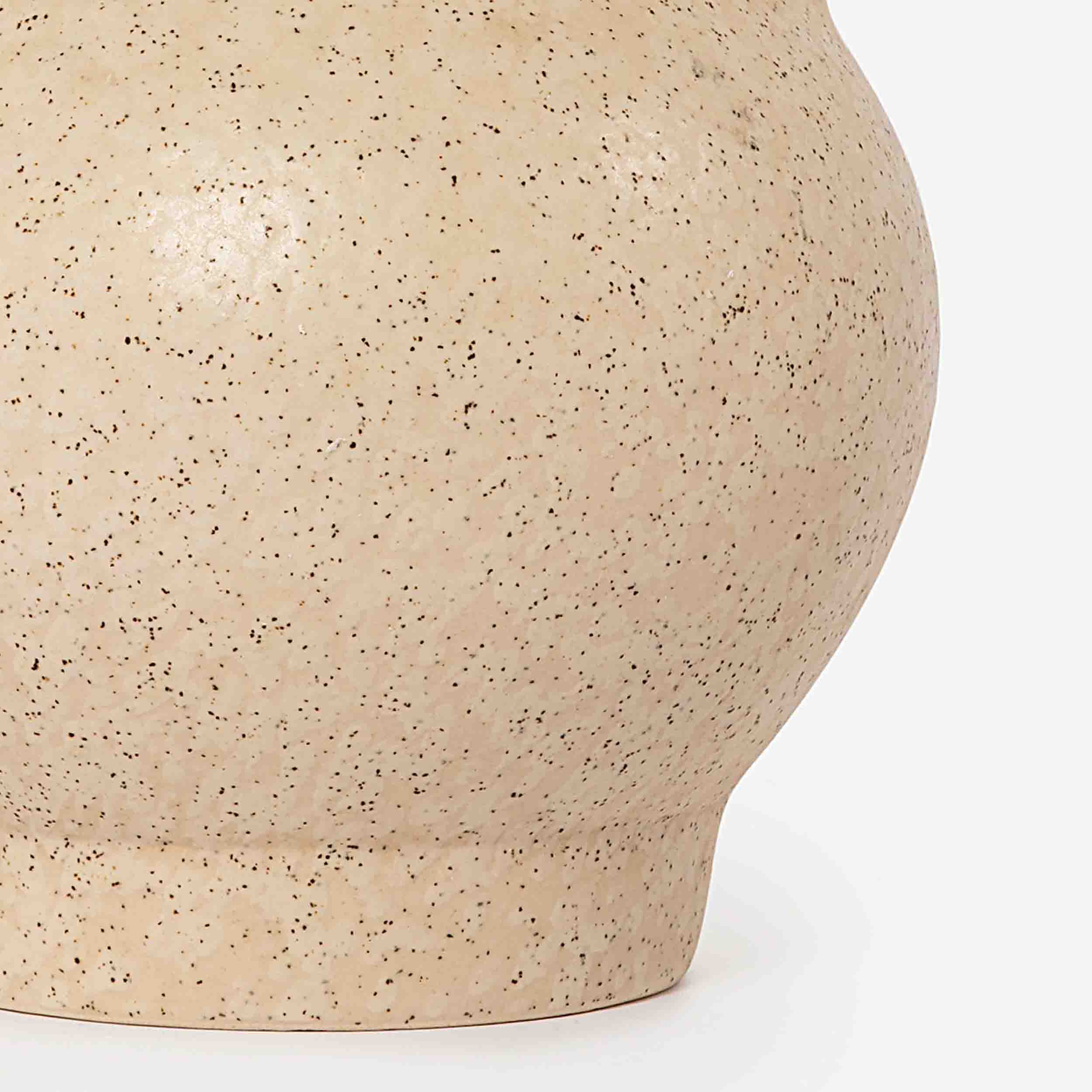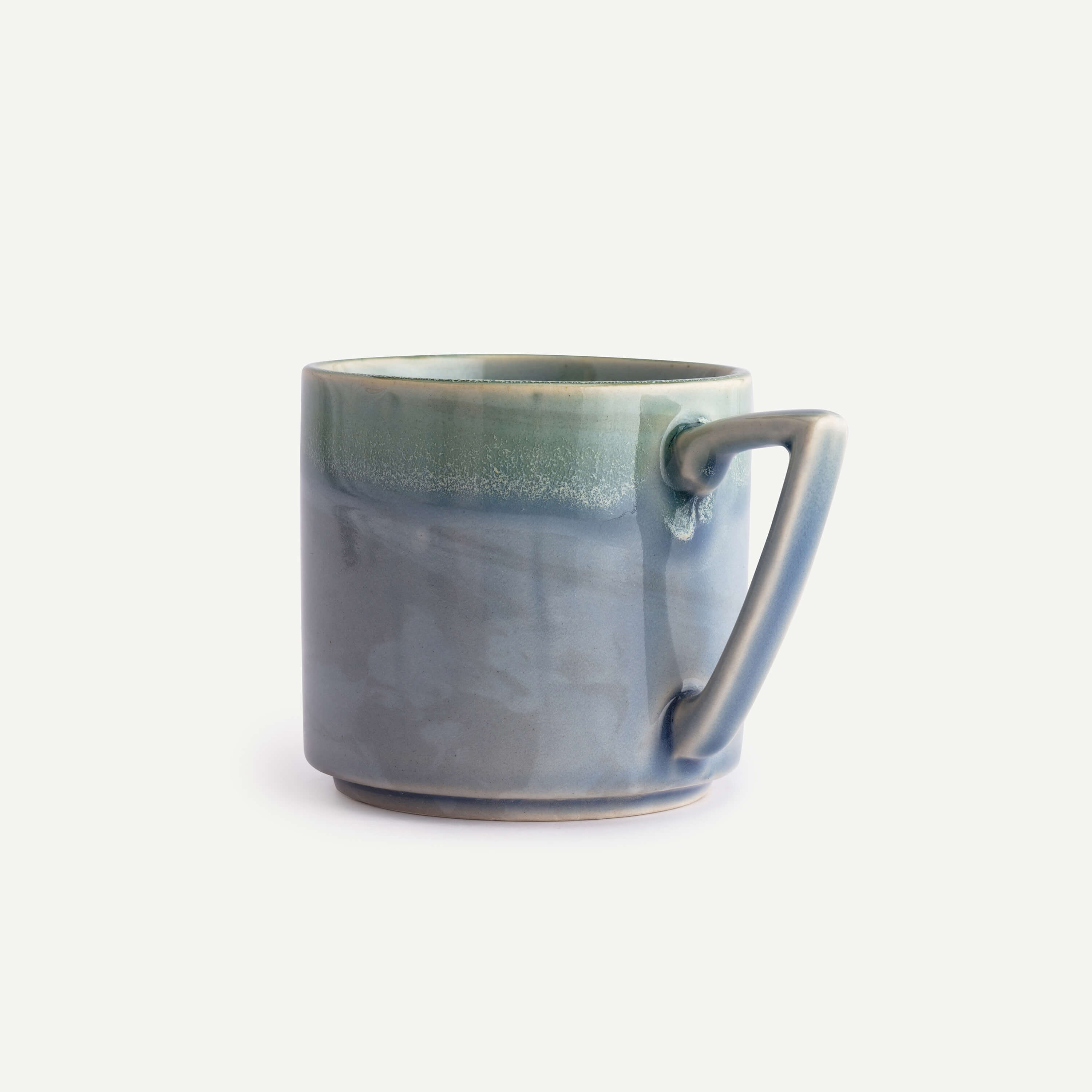QUARTZ QUARTER PLATE
A textured, pink ceramic plate for a pastel pop of colour at the table
A textured, pink ceramic plate for a pastel pop of colour at the table
Craft Type: Ceramic
Handcrafted from clay, this ceramic plate is pastel pink with textured details. Bring it out at teatime with cookies, cake, or even samosas.
This product is handcrafted by skilled craftspeople in Uttar Pradesh.
This product is handcrafted and slight variations in colours, textures and forms are to be expected.
Made in: Uttar Pradesh
Material: Stoneware
Dimensions (cm): 18.1(L) x 18.1(B) x 2.9(H); Dia: 18.1
Dimensions (inches): 7.1(L) x 7.1(B) x 1.1(H); Dia: 7.1
Weight: 380 grams
No. of pieces in a set: 1, One Plate
Stoneware is made from clay and fired at high temperatures in a kiln to harden. Characteristically, stoneware is less porous and more durable than earthenware.
Much like other clay products, stoneware is also made by kneading the clay and then throwing it onto a pottery wheel. The shaped clay product then goes through the process of bisque firing, glaze application, drying, and glaze firing to make the final product.
Pottery in the Indian subcontinent has a long history — it has existed as a craft form for centuries. Ikai Asai’s collection of stoneware is developed in collaboration with small-scale units — bringing together the best of industrial technology and craft.
- Wash by hand only, using a mild dishwashing soap. Dry using a soft towel or tissue. Avoid stacking ceramic dishes in the sink.
- This ceramic product is microwave-safe.
- While stacking for storage, consider using tissue in between ceramic dishes.
- Description
- Process & Craft
- Care
Craft Type: Ceramic
Handcrafted from clay, this ceramic plate is pastel pink with textured details. Bring it out at teatime with cookies, cake, or even samosas.
This product is handcrafted by skilled craftspeople in Uttar Pradesh.
This product is handcrafted and slight variations in colours, textures and forms are to be expected.
Made in: Uttar Pradesh
Material: Stoneware
Dimensions (cm): 18.1(L) x 18.1(B) x 2.9(H); Dia: 18.1
Dimensions (inches): 7.1(L) x 7.1(B) x 1.1(H); Dia: 7.1
Weight: 380 grams
No. of pieces in a set: 1, One Plate
Stoneware is made from clay and fired at high temperatures in a kiln to harden. Characteristically, stoneware is less porous and more durable than earthenware.
Much like other clay products, stoneware is also made by kneading the clay and then throwing it onto a pottery wheel. The shaped clay product then goes through the process of bisque firing, glaze application, drying, and glaze firing to make the final product.
Pottery in the Indian subcontinent has a long history — it has existed as a craft form for centuries. Ikai Asai’s collection of stoneware is developed in collaboration with small-scale units — bringing together the best of industrial technology and craft.
- Wash by hand only, using a mild dishwashing soap. Dry using a soft towel or tissue. Avoid stacking ceramic dishes in the sink.
- This ceramic product is microwave-safe.
- While stacking for storage, consider using tissue in between ceramic dishes.
Country of Origin: India
Manufacturer Details: Fancy Emporium : Crossing Moonda Khera, G.T. Road, Khurja, Uttar Pradesh - 203131
















